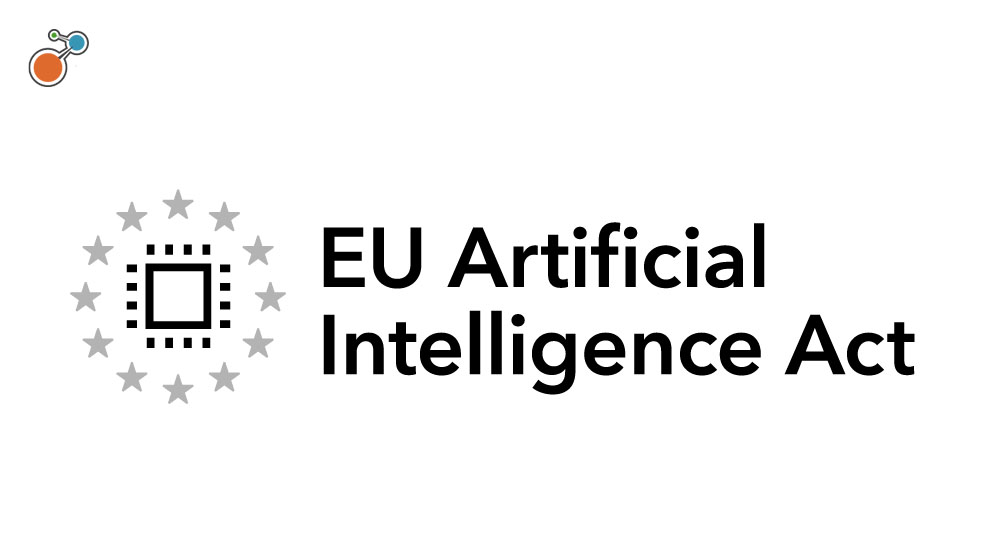Here comes 2018. And with the new year, comes new risks—along with many of the same old risks, but a new perception of their importance or where they rank on the risk spectrum.
As we move forward into the new year, let’s take a look at some of the emerging risks expected to affect our businesses and jobs—particularly those related to technology—and the potential solutions we can implement to get out in front of these risks to make it a more profitable and productive year.
In December 2017, North Carolina State’s Enterprise Risk Management Initiative and Protiviti released its Executive Perspectives on Top Risks for 2018. More than 700 board members and executives from around the globe participated in the sixth annual study, which assessed their concerns—many of which related to technology.
Survey respondents ranked the top risks of 2018 as follows:
- Rapid speed of disruptive innovations and new technologies
- Resistance to change operations
- Cyber threats
- Regulatory changes and regulatory scrutiny
- Organization’s culture may not encourage timely identification and escalation of risk issues
- Succession challenges and the ability to attract top talent
- Privacy/identity management and information security
- Economic conditions
- Analytics and big data
- Existing operations meeting performance expectations, competing against “born digital” firms
The apparent focus on technology risks is not surprising. The rapid speed at which technology is evolving is concerning for businesses on multiple fronts. In particular, companies often worry they will invest heavily in technology, only for it to be out of date by the time it’s implemented—draining them of investment dollars, as well as the time and energy that is often invested into finding and implementing the “next great solution.”
This is why it’s so critical to invest in technology that not only has the bells and whistles needed to solve for whatever problem your business is experiencing, but can also evolve with the market and your company’s changing needs at an equally rapid pace. Cloud-based technology with flexible architecture is the best solution for that.
Further, it is also wise for businesses to consider technology with broader—yet, still effective—applications that can serve multiple departments; solve for a whole host of problems; and consolidate the number of technology vendors that you must engage. Integrated risk management technology is an ideal solution for that.
Integrated risk management technology by its very nature is built to span across a variety of departments and business challenges. Just as organizational risk is broad, so are the solutions housed within a risk management information system. It can replace innumerable applications, including one-off solutions for: enterprise risk management, claims management, compliance and regulatory management, and health and safety management.
Investing more heavily in one vendor that adequately provides multiple solutions, instead of investing minimally in multiple vendors with one-off solutions—can actually result in innovation: You will likely be more vested in your chosen vendor, and that vendor will likely be more vested in you. This drives more collaboration and better results.
Fewer technology vendors can also mean improved cyber-security—a major concern for most companies in lieu of all the cyber attacks and data breaches that compromised so many companies in 2017.
Read, “Learn how to Manage Three Major Cyber Security Threats to IT Departments.”
With fewer applications or systems to manage, and less burden on your internal server, your IT department might actually have more time to focus on broader cyber-security efforts that will make more of an impact—like information security and privacy/identity management—other top concerns of survey respondents.
Considering four of the top 10 risks that are highlighted in the NC State and Protiviti report directly tie back to technology, it’s clear that technology is a real challenge and potential risk for organizations. Interestingly, at the same time, technology can be a real solution. As 2017 comes to a close and 2018 moves full steam ahead, think about how technology risks are holding you back but how they can can also move you forward.
To Compare, Here Are The Top Risks From 2017
- Cyber threats
- Regulatory compliance
- Economic conditions
- Culture and conduct
- International reactions
- Talent management
- Speed of innovation
- Third-party relations
- Unpredictable USA/Europe




